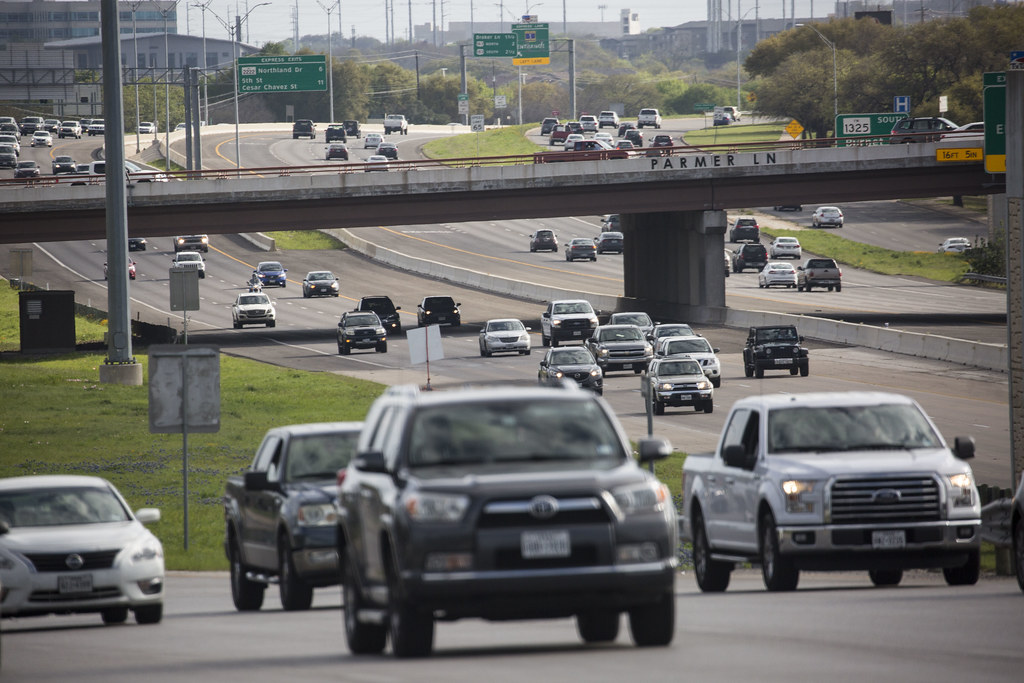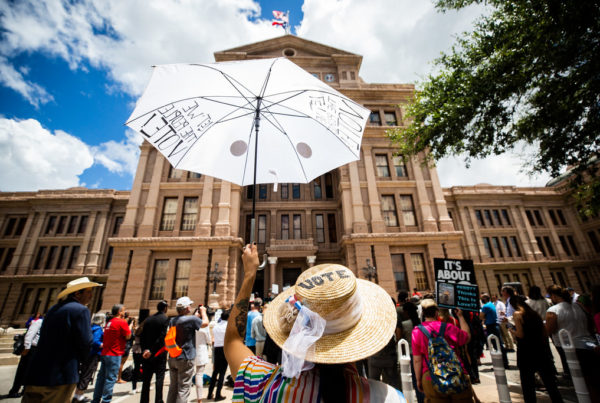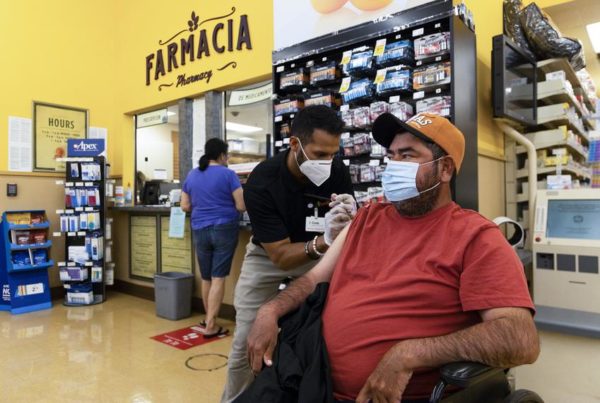Some drivers will have to stretch their budgets with gas prices hitting seven-year highs as of last week. According to AAA, the national average gas price is $3.14 per gallon. In Texas, it’s a little lower at about $2.82. Still, it hasn’t been that high here since 2014.
And it may be the “new normal” for now, says Matt Smith, director of commodity research for ClipperData. Crude oil prices are at multi-year highs, and that’s pushing gas prices up.
“Simply, gasoline is more expensive to produce. And so the demand side of the picture is having an outsized influence at the moment,” Smith told Texas Standard. “We had the weekly EIA [U.S. Energy Information Administration] report from the Department of Energy last week that showed us implied gasoline demand – which is essentially gasoline that it’s making its way to the pump – it rose above 10 million barrels a day for the first time ever.”
All of this comes alongside surging demand. Americans, having spent more than a year homebound due to COVID-19 restrictions, are eager to travel. The trend will likely continue, since peak summer driving season has not yet begun, Smith says.
“Sticker shock isn’t really going to be impacting things as much this year just because people are going to be so willing to to break the cabin fever and get out and travel again,” he said. “I know AAA is saying that we could see prices pushing beyond $3.30 at the end of the summer on that national average there, which is going to put Texas well above or challenging that $3 mark.”
On top of that, supply is still down. Oil production remains low, and producers are taking a conservative approach.
“We have OPEC, plus this group that controls well over 50% of the world’s oil production when you include Russia. … They’re gradually easing their production cuts. But they’re trying to play this very disciplined role because they kind of want high oil price themselves,” he said.
Domestic producers are also slow to extract more oil, as recovery from the pandemic continues.
“We’re seeing U.S. shale producers continuing to show much more discipline in terms of their spending in their drilling activity, which is something we just haven’t seen previously over the last decade,” Smith said. “They’re just very much more focused on cleaning up their balance sheets this year and providing shareholder value as opposed to pursuing the tactic of ‘drill, baby, drill.’”
All said, consumers can expect to see higher costs at the pump when they fill up, potentially through the end of the summer.
“I think we’re going to see oil prices not taking a dive lower simply because of the supply-side issues that we have here. So we should expect to see gasoline prices holding up, not dropping below, $2 a gallon for the foreseeable,” Smith said.















